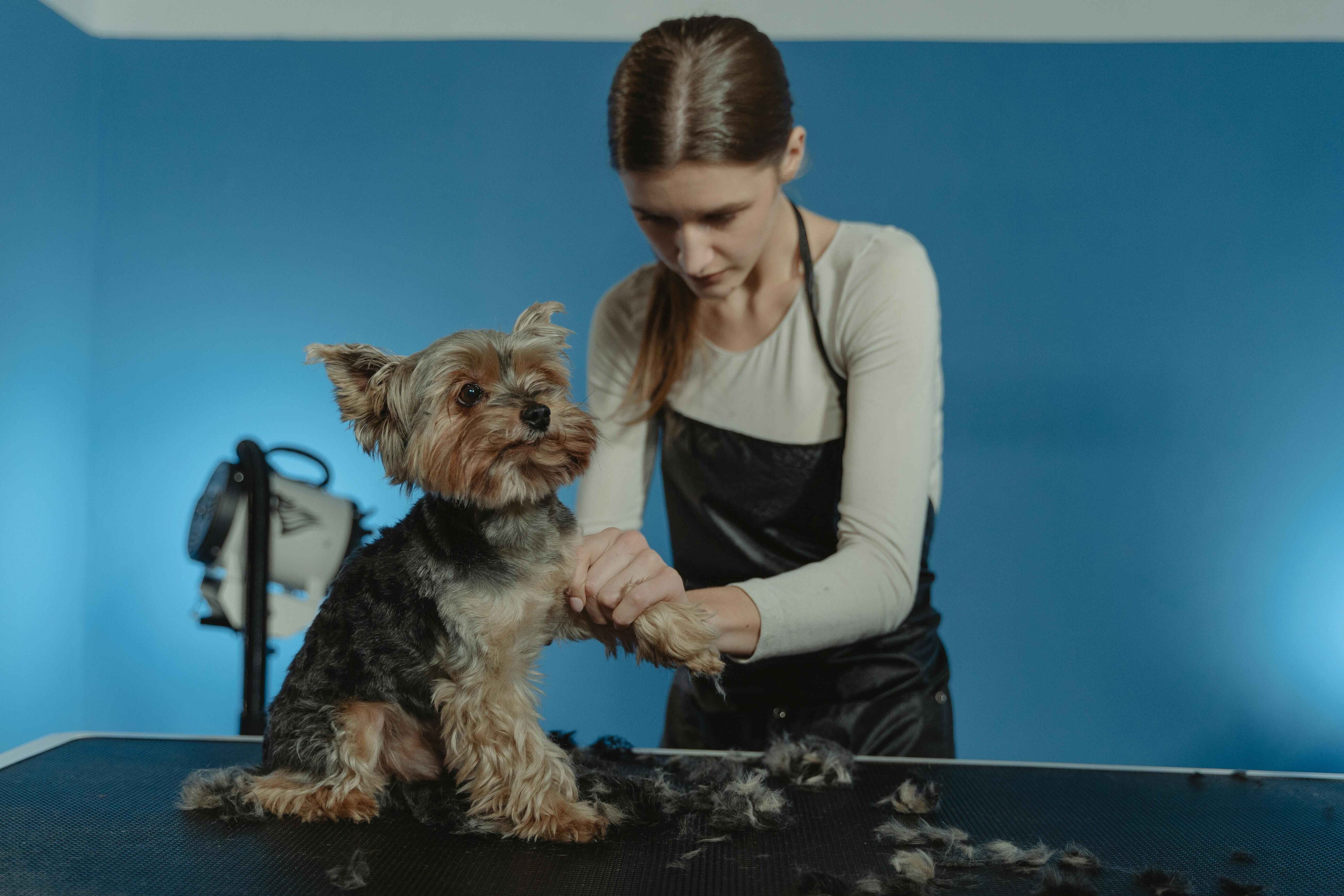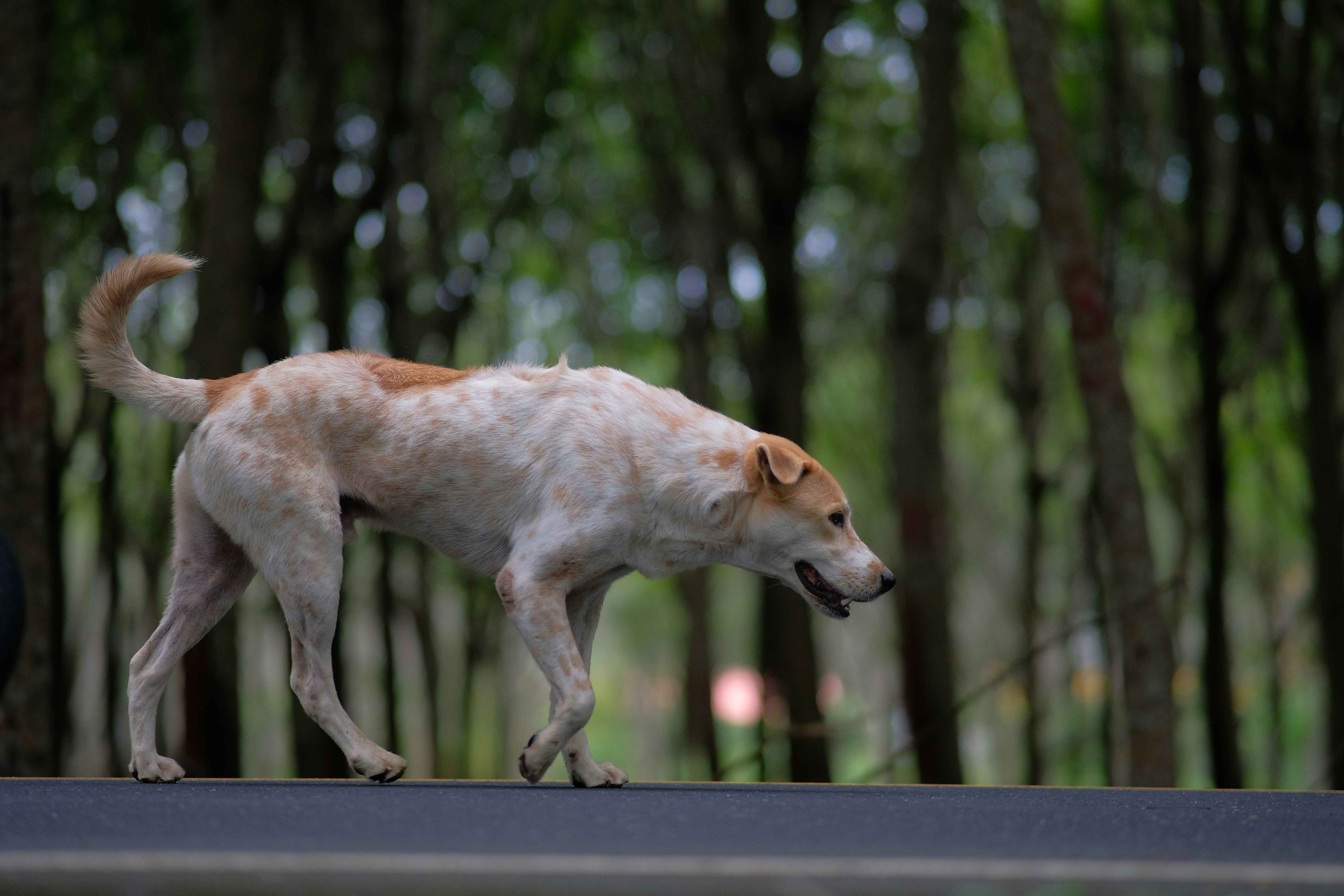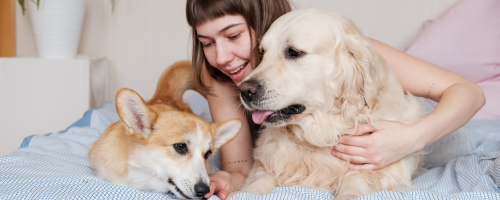In today’s fast-paced world, our pets are not just companions—they're family. Just as humans need mental stimulation and emotional support, our furry friends also thrive when their psychological well-being is nurtured. Mental wellness in pets encompasses their emotional, cognitive, and sensory health, and innovative techniques like scent work, music therapy, and other enrichment activities are proving essential in fostering balanced, joyful lives.
This blog dives deep into the concept of pet mental wellness, exploring modern methods such as scent detection, calming auditory therapies, puzzle games, aromatherapy, and more—empowering pet parents with tools to ensure their pets thrive emotionally and mentally.
Why Pet Mental Wellness Matters
Mental health is not only a human concern. Pets, especially dogs and cats, experience stress, anxiety, boredom, and even depression. Behavioral issues like excessive barking, aggression, destructive chewing, or litter box avoidance often stem from unmet mental and emotional needs.
Signs of Poor Mental Health in Pets:
Excessive licking or grooming
Withdrawal or hiding
Loss of appetite
Hyperactivity or compulsive behavior
Aggression or fearfulness
Destructive tendencies
Changes in vocalization or sleep habits
Addressing these symptoms starts with understanding and enriching your pet’s emotional life. Fortunately, the science of pet enrichment is evolving, offering pet owners new and effective strategies.
1. Scent Work: The Power of a Pet’s Nose
Scent work, or nose work, taps into a dog’s (or even a cat’s) natural instinct to explore the world through scent. This activity simulates real-life search tasks, such as detecting hidden treats, tracking trails, or identifying specific odors.
Benefits of Scent Work:
Mental stimulation: Engaging the brain through scent puzzles is deeply satisfying.
Reduces anxiety: Focused scent exercises can calm stressed or reactive animals.
Boosts confidence: Especially in shy or fearful dogs, nose work builds problem-solving abilities and independence.
Physical outlet: It channels energy without requiring intense physical activity.
How to Get Started:
Hide treats or toys in different areas of your home and let your dog find them.
Use scent detection kits or essential oils (like birch or clove) in controlled training.
Enroll in a nose work class or sport through local training centers.
Tip: Always begin with easy-to-find treats and slowly increase difficulty.
2. Music Therapy for Pets
Just as soothing music can relax humans, it also affects pets’ moods and brain activity. Numerous studies show that music therapy can reduce stress, lower heart rates, and encourage restful behavior in animals.
What Type of Music Works Best?
Classical music (like Mozart or Beethoven): Has a calming effect, especially in kennels and shelters.
Reggae and soft rock: Some studies suggest dogs enjoy reggae's rhythm the most.
Pet-specific playlists: Platforms like Spotify now offer pet-friendly music based on your pet’s temperament.
Therapeutic Uses:
Calming anxious pets during thunderstorms or fireworks
Helping shelter animals relax in high-stress environments
Reducing separation anxiety when left alone at home
Aiding recovery post-surgery or illness
Pro Tip: Try playing classical music before bedtime or during crate time for a more peaceful atmosphere.
3. Enrichment Beyond Toys: Cognitive & Emotional Stimulation
While toys play a role, enrichment encompasses all activities that stimulate your pet’s mind and body. Incorporating a variety of tasks ensures your pet remains emotionally satisfied and mentally sharp.
Interactive Feeding:
Puzzle feeders and slow bowls engage the brain during mealtime.
DIY snuffle mats mimic foraging and can slow down fast eaters.
Hide kibble around your home to turn dinner into a treasure hunt.
Training New Skills:
Teach your pet fun tricks beyond “sit” and “stay” — like ringing a bell or cleaning up toys.
Obedience and agility training both sharpen focus and encourage bonding.
Social Enrichment:
Safe socialization with other animals can improve behavior and reduce boredom.
Visiting new environments (parks, pet cafés) helps with sensory exposure.
4. Aromatherapy for Pets: Scents that Heal
While humans often turn to aromatherapy for relaxation, it’s gaining popularity in pet wellness too. Certain essential oils, when used safely, can soothe anxiety, repel pests, or even assist with minor ailments.
Safe Oils for Pets (Always Dilute and Use Cautiously):
Lavender: Calming and relaxing
Chamomile: Anti-anxiety and anti-inflammatory
Frankincense: Supports emotional balance
Ginger or Peppermint: May help with nausea (in diffused form)
Caution:
Never apply oils directly to your pet’s skin or allow ingestion without veterinary guidance.
Always consult your vet before starting aromatherapy, especially for cats, as they are more sensitive.
5. Massage & Physical Touch Therapy
Physical contact isn't just comforting—it’s therapeutic. Pet massage stimulates the lymphatic system, relieves muscle tension, and fosters trust.
Benefits:
Helps with anxiety and nervous energy
Enhances circulation and mobility in aging pets
Strengthens the pet-owner bond
You don’t need to be a professional to get started. Gentle strokes, light circular motions along the spine, and ear rubs can calm a nervous pet in minutes.
6. Visual Stimulation & Nature Therapy
Pets, like people, benefit from beautiful environments. Visual enrichment can come from interactive screens, nature walks, or window perches where they can observe wildlife.
Ideas for Visual Enrichment:
Pet-safe TV programs (birds, fish, or squirrels on screen)
Aquariums: Cats especially love watching fish swim.
Window-mounted perches or catios for outdoor viewing
Frequent walks to new environments for dogs, with sniffing time included
7. Holistic and Alternative Therapies
In addition to mainstream enrichment, holistic approaches are increasingly being used to support emotional balance in pets.
Examples Include:
Reiki healing: Energy-based therapy to calm pets
Acupressure & acupuncture: Used for pain relief and anxiety
CBD oil (pet-specific): Some studies support its use for anxiety and inflammation
Hydrotherapy: Gentle exercise for pets recovering from injury or needing low-impact activity
Always seek certified practitioners and veterinary guidance when exploring alternative therapies.

What Causes Hair Loss in Dogs & Cats? And When to Call a Vet
Normal Shedding vs Abnormal Hair Loss Seasonal shedding is normal, but abnormal fur los...

Pets and Air Pollution in Indian Cities – Health Risks & Solutions
When Pollution Affects More Than Just People Air pollution has become an unavoidable real...

When Your Best Friend Needs Care, We Come to You.
💧 Dog IV Treatment at Home – When Your Best Friend Needs Care, We Come to You. It was a hot summer...
